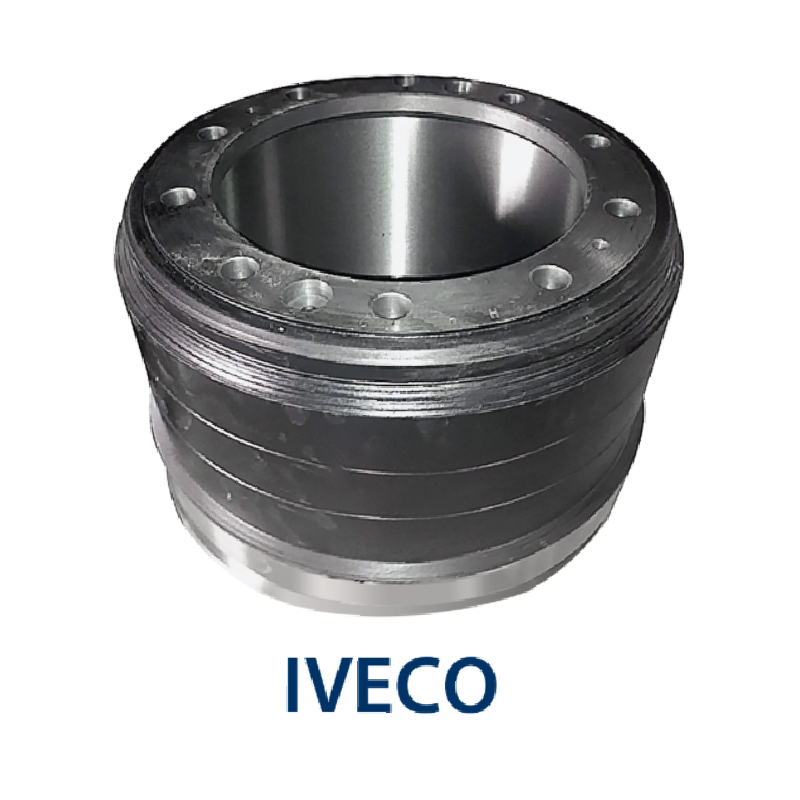Nov . 18, 2024 14:17 Back to list
Troubleshooting a Stuck Emergency Brake in a Drum Brake System
Understanding Stuck E-Brake Drums Causes, Symptoms, and Solutions
Parking brakes, commonly called e-brakes or emergency brakes, are essential components of vehicle safety. They provide a mechanism for securing a vehicle in place when parked. However, sometimes, these brakes can become stuck, leading to frustration and potential safety hazards for drivers. This article explores the causes, symptoms, and solutions for stuck e-brake drums.
What Is an E-Brake?
The e-brake is designed primarily to keep the vehicle stationary when parked. Unlike the regular brake system, which uses hydraulic force, the e-brake generally relies on either a cable or an electronic mechanism to engage the brake pads or shoes. When you pull the e-brake lever, it activates the brake, which clamps down on the drum or rotor to prevent the wheels from turning.
Common Causes of Stuck E-Brake Drums
1. Rust and Corrosion One of the most common causes of a stuck e-brake is rust. Over time, especially in humid or rainy climates, moisture can accumulate around the brake components, causing them to oxidize. When the parking brake is applied, the connection between the brake shoes and the drum can become corroded, making it difficult or impossible to release.
2. Brake Shoe Misalignment Improper installation or wear and tear can lead to misalignment of the brake shoes within the drum. If the shoes are not seated correctly or they are out of adjustment, they may stick to the drum even when the e-brake is disengaged.
3. Cable Issues Many modern vehicles use a cable system for e-brakes. Over time, these cables can stretch, fray, or become bound due to debris or rust. A seized or malfunctioning cable can prevent the brake from releasing properly.
4. Freezing Temperatures In colder climates, water can seep into the brake components. When temperatures drop, this water can freeze, effectively locking the brake in place. This issue is particularly prevalent in areas that experience significant temperature fluctuations.
5. Worn Components Regular wear and tear can cause components within the e-brake system, such as springs and adjusters, to fail. If these parts become excessively worn, they may not function correctly, leading to a stuck e-brake.
Symptoms of a Stuck E-Brake
stuck e brake drum

Identifying a stuck e-brake can sometimes be straightforward. Here are a few symptoms to look out for
- Difficulty Steering If you notice resistance when trying to steer your vehicle after releasing the e-brake, it may be a sign that the brake is still engaged
.- Burning Smell A stuck brake can lead to overheating, which may produce a burning odor. This can also be accompanied by smoke coming from the wheel area.
- Reduced Acceleration If your vehicle feels sluggish or struggles to gain speed despite pressing the accelerator, it may be dragging due to a stuck brake.
- Unusual Noises Auditory warning signs, such as grinding or squeaking sounds when the vehicle is in motion, can indicate that the brake is not functioning correctly.
Solutions to Fix a Stuck E-Brake Drum
1. Inspect and Clean Begin by inspecting the brake components. Look for signs of rust or corrosion and clean the affected areas thoroughly. In some cases, a penetrating lubricant can help loosen stuck components.
2. Check the Cable Examine the e-brake cable for any signs of damage or excessive wear. If it's frayed or stuck, it may need lubrication, repair, or replacement.
3. Adjust Brake Shoes If the brake shoes are misaligned, consider adjusting them. Proper alignment can help prevent sticking issues in the future.
4. Seek Professional Help If you're unable to resolve the issue on your own, it’s advisable to consult a qualified mechanic. They can provide a thorough inspection and service any components that might be causing the problem.
In conclusion, while a stuck e-brake drum can be a nuisance, understanding the underlying causes and symptoms can help you address the issue effectively. Regular maintenance and inspection of your vehicle's brake system can prevent these problems from occurring, ensuring your safety and that of others on the road.
-
HINO Industrial Solutions - ¡Ң���ຽ��е��������˾ | Advanced Technology&Reliability
NewsJul.13,2025
-
HINO Industrial Efficiency-Jiangsu Hino Industrial|Productivity Optimization&Cost Reduction
NewsJul.12,2025
-
HINO-¡Ң���ຽ��е��������˾|Advanced Industrial Solutions&Energy Efficiency
NewsJul.12,2025
-
Premium Brake Drum Iveco – Durable Drum Brake Drum & Brake Shoe Solutions
NewsJul.08,2025
-
High-Performance Brake Drum Liza for Enhanced Safety Reliable Drum Brake Drum & Brake Shoe Solutions
NewsJul.08,2025
-
High-Quality Brake Drum MAZ – Durable Drum Brake Drum & Brake Drum and Brake Shoe for Optimal Performance
NewsJul.07,2025
